This post is all about gardening for beginners
*As an Amazon Associate I earn from qualifying purchases. This means if you purchase after clicking on a link, I may earn a commission at no extra cost to you.*
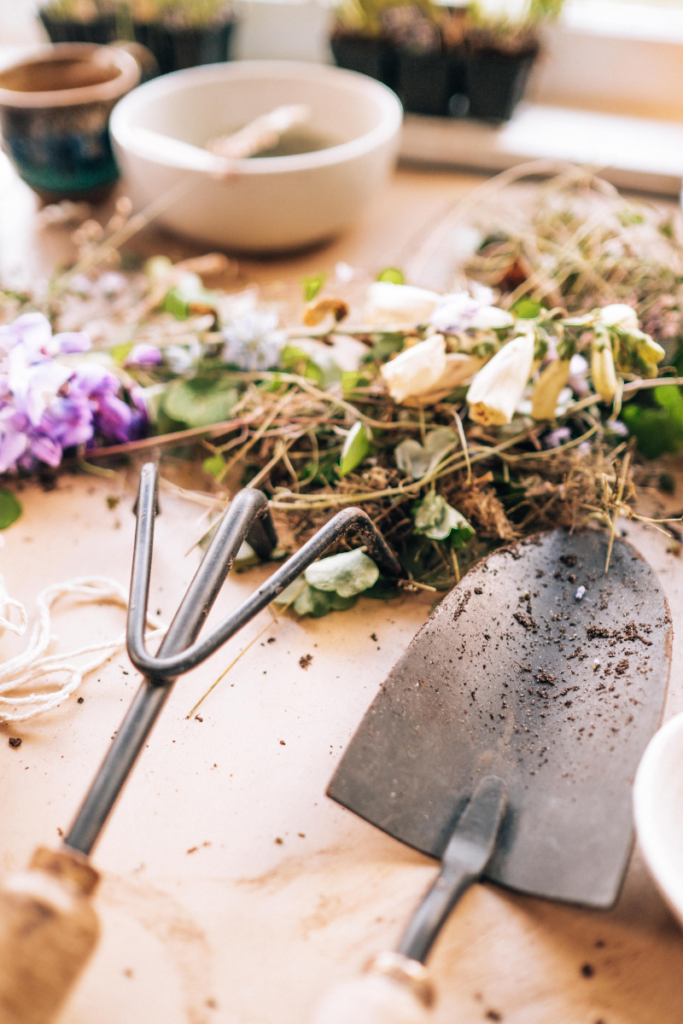
I grew up helping my grandma with her garden, but never really spent the time learning. It was simply taking some flowers and putting them in the dirt for me. While I loved how the flowers and plants looked, I didn’t care to do it for myself.
That all changed a few years ago. Right before COVID, I started volunteering with the local seed library. At the same time, I started helping my friend in her garden. This encouraged me to start my own.
But I knew nothing about gardening. And a lot of what I read wasn’t helpful. I would google things like ‘starting seeds’ and find other gardeners telling me the best time to start the seeds and how to place them in good lighting. It left me with so many questions. Even simple questions like ‘How do I plant the seed?”
That is why I wanted to create a gardening for beginners post. Because I wished someone explained the simplest of gardening things to me.
Here is everything you need to know about gardening for beginners
Know your terms
There are so many terms when it comes to gardening. While I thought I knew many of them, once I started hearing other gardens talk I felt confused. I didn’t know what to look for or how to ask for something when I didn’t even know what was being talked about.
So here is a list of simple terms to get you started when it comes to gardening:
- Annual: Plants that only last one year
- Compost: Decayed organic matter used to provide nutrients to the garden. You can buy this or make your own
- Deadheading: Removing dried and dead flower heads to promote new flowers to grow
- Fertilizer: Extra material that you add to your plants to provide nutrients. You can buy or grow your own
- Frost date: Last expected day for a frost in your area. This is used to determine when to start plants
- Germinate: When seeds start to grow. This is usually seen by a bud coming from the soil
- Harding off: Get a plant adjusted to going outside or cooler temps
- Mulch: Organic matter that you place around your plant, on top of the soil. Used to hold in moisture
- Perennial: Plants that grow for multiple years. They may die off at the end of a season, but they will come back
- Seedlings: Plants that were already started from seed. Find these at a nursery and transplant them to your garden
- Transplanting: Moving a plant from where it is currently growing to another area
This is just a small list of the gardening terms you will want to know before getting started. As you continue to garden, you will start to learn more terms that focus on your style of gardening.
For other gardening terms, this is a great resource.
Find your climate type
Not all plants will grow in every climate. That is why it is important to know your hardiness zone.
Your hardiness zone determines what plants will be able to grow in your area. When you go to a nursery there are plant labels that will tell you which hardiness zones they are good for. Knowing yours will also help when doing gardening research and determining if, when, and how to grow a plant.
Hardiness zones range from 1a to 13b. The zones are determined by extreme average winter lows. This is important for plants like perennials that will over winter (die off in fall/winter and come back in the spring/summer).
To find your hardiness zone you can google ‘hardiness zone for *your area*” or use this link to access a map of all the hardiness zone areas.
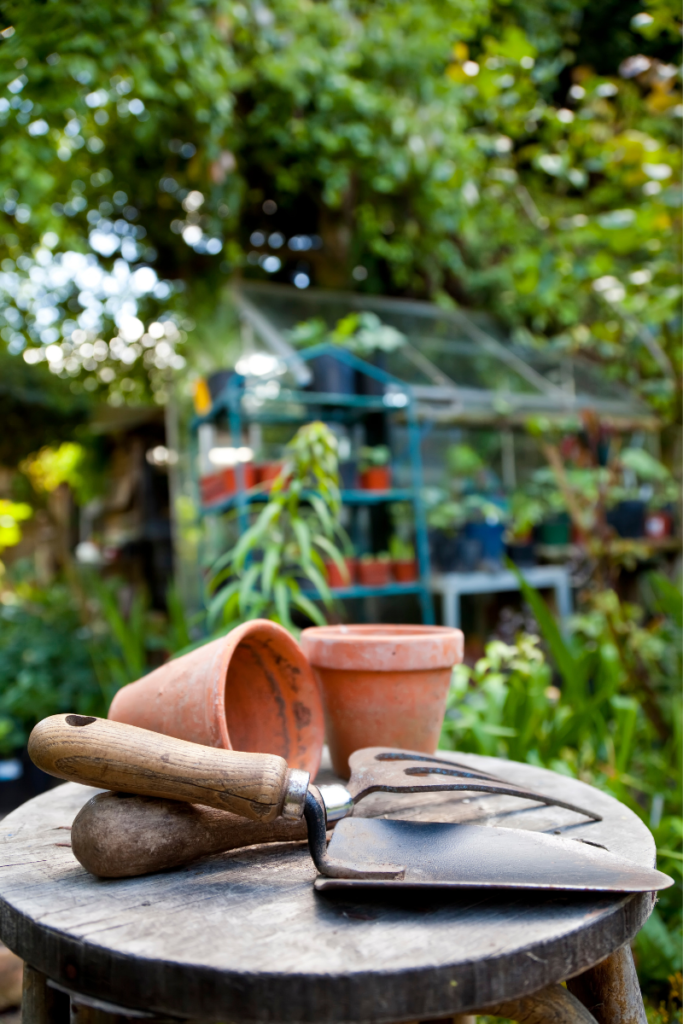
Watch your garden space
This is an important step that I usually forget.
When you go to a nursery and start choosing seeds or seedlings, you will notice the plant tags tell you how much sunlight they need.
A simple breakdown of sunlight exposure:
- Full sun: At least 6+ of direct sunlight needed
- Part sun: 3 to 6 hours of direct sunlight
- Part shade: 3 to 6 hours of sun, but they need protection from midday direct sunlight
- Full shade: Less than 3 hours of direct sunlight
It is important to watch your garden space to know how much sunlight each area gets. Make notes. Pay attention to the sun at different times of day. Then when you go to get your plants you will know which ones will thrive best.
Know when to start
Each plant or seed will need to be started at a certain point. This all depends on your last frost date.
It is important to know frost dates because it ensures you are not at risk for losing your plants. If you plant before a frost date, it will become too cold for your plants to germinate. Meaning you will lose all your plants you worked hard to grow.
The last frost date is usually around Mother’s Day, but can vary depending on location. To find your last frost date you can google ‘last from date *for your area*” or use this link.
It is important to know that this does not guarantee it will be your last frost. It just is when the usual last frost happens. If you do experience a frost warning, there are several ways to cover plants to protect them.
Once you know your frost date you can begin deciding when to start planting. For seeds, you usually want to start before your last frost date. To determine when look at the back of your seed package for the best time to start. Seedlings usually start after the frost date.
Another thing to consider is the time of year you plan on gardening. There are warm weather and cool weather plants. These will also determine when to start planting. Always read up on plants you are unsure of. The Farmer’s Almanac is one of the best resources to use when you start gardening.
Types of gardening
There are so many types of gardens it can become overwhelming. While you can simply plant things in the ground and go about your day, sometimes it helps to have a specific garden. It will help you when researching and knowing what to grow.
Some popular gardens:
- Container gardening: This is when you plant everything in pots or containers. It is a great option for those with no yard or little space. Also is renter friendly.
- Cut flower garden: A garden designed with flowers that you can use to cut and make bouquets.
- Vegetable garden: As simple as it sounds, a garden designed to grow vegetables.
- Herb garden: A garden focused on growing herbs. A great option for those who love to cook or make teas. Also a great option for those who do not have much space. Very beginner friendly.
- Square foot garden: Created by making sure foot sections are in a garden. Great for those who have little space and want to grow a lot. Also good for companion planting (planting vegetables and flowers together that help each other).
- Raised bed gardens: You can buy or make your own raised beds to garden in. These can be as short or hight as. you want. Great for those who want a dedicated space in the yard for gardening. Also good for those with back problems.
- Verticle garden: Gardens that are grown vertically using structures. A great option for those with little space.
This is just a small list of the types of gardens you can do. There are so many options out there that you can find something for your needs. You also can combine garden types, such as a container garden that grows vegetables.
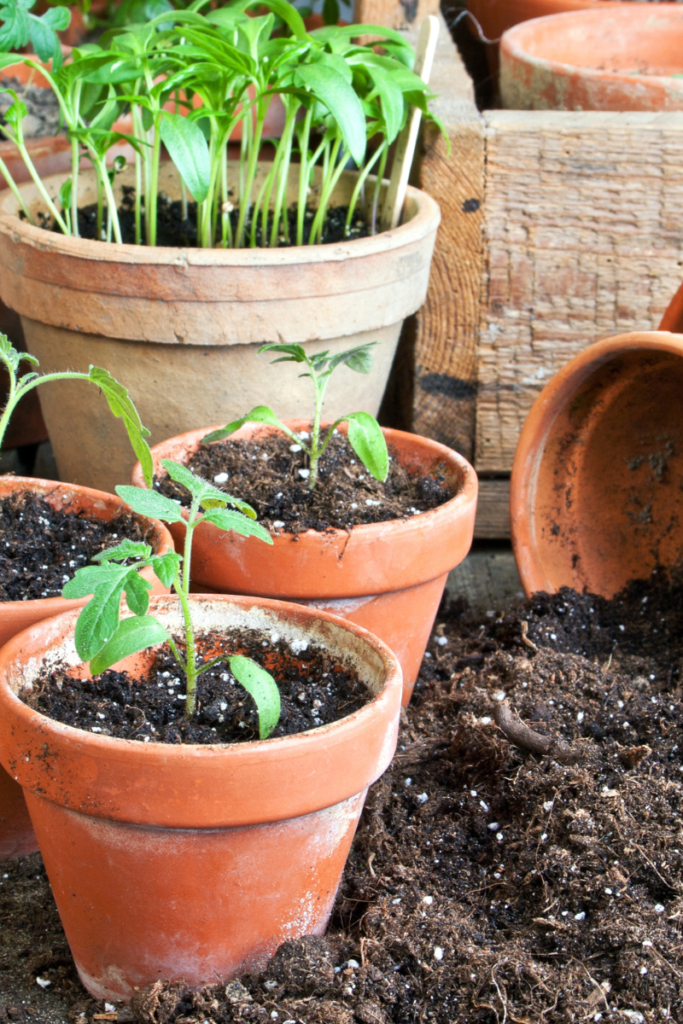
Questions I had when I was researching gardening for beginners
What tools do I need?
There are so many gardening tools out there that it can become overwhelming. Some good basics to have:
- Soil scoop – great for potting plants or digging hold to place them in
- Hand rake – this is good to even out your soil, mix things into the soil, or can be used to help with weeding
- Weeder – this tool is important for digging out the roots of weeds and keeping them from growing back
- Pruner – use this tool to cut down overgrown plants or to cut flowers from your garden
This is a great kit that some of the basic tools you will need
Besides tools, there are several other important gardening items you will want to have.
- Gardening gloves – this will protect you from the elements and getting bitten. You want to make sure you have thick or coated gloves to prevent any injuries.
- Bucket – there are so many uses for this. It is a great way to mix soil, place weeds in, or collect your harvest
- Watering can – useful for water places where you can’t use a hose
Soil vs dirt?
When I first started gardening I didn’t understand why I could just put my new plants in dirt.
Dirt is what you see all over the ground. It is dry, hard, and doesn’t hold water well. But the most important part is that it lacks the nutrients needed for your plants.
Soil holds all the nutrients your plants will need to thrive. You can buy this at any nursery or garden store.
Dirt isn’t completely useless. If you have a big pile of dirt or old soil, it is a great option to fill the bottoms of your bigger pots. Just make sure your soil covers the plant’s roots so they get the nutrients needed.
Here is some of the soil I have used and loved so far:
- Potting soil – for plants specifically in pots
- Vegetable soil – great for vegetable gardens. I like to mix this with potting solid for potted vegetable plants.
- All-purpose soil – I used this last year and my plants loved it
Where do I buy supplies?
There are so many great places to buy supplies. Many gardens love to support their local nurseries. Not only will you be supporting your community and a small business, but the staff there will have knowledge of plants and the local environment. They are a great resource for your garden.
Check out your local library for a seed library. These offer free seeds to the community and they often have a wide variety of classes you can take.
Other great places are Lowe’s, Tractor Supply, or even Amazon.
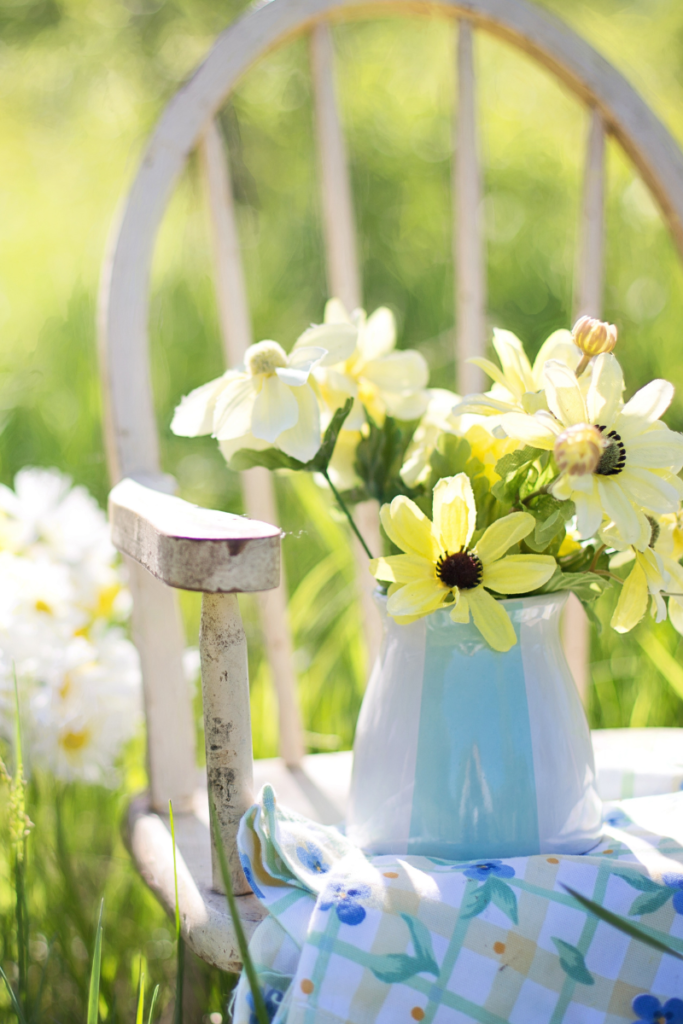
Does it matter how I plant it?
This was the question I felt like I could never find an answer to. Everyone says to plant in the ground, but what does that mean?
First, yes it does matter. You want to make sure that your plant gets enough sunlight, oxygen, and soil to survive.
Most plants come with a tag in the soil that gives basic information on the plant. Usually this information comes with planting guides. For example, strawberries will tell you to plant up to the crown of the plant.
If you are still unsure, Google and YouTube are great resources to figure out how to plant and grow. Or if you are at a local nursery, staff should be able to give you advice as well.
How do I know what pot to get?
One of the worst things you can do for a plant is getting a too big or too small pot. But it is hard to know what size of pot you should get. This is something I am still learning.
When planting things like vegetables, determine how big your plant will get. You want to make sure your roots will have enough room. Some plant tags will tell you how deep the roots get. For houseplants, you only need to go up a size or two until the plant gets bigger.
This is a great resource for more on pots.
How long does it take to get vegetables or see flowers?
Once you plant your seeds or transplants it can be so exciting. You wait for your vegetables or flowers, but it can start to feel like forever before you see anything.
Most plant packets share a number of days that it will take to harvest your work. It is typical to see that your plant will take 30 to 70 days.
But if you are still unsure, Google and YouTube will tell you everything you need to know about your plant.
Now you know everything you need to know about gardening for beginners
Gardening is a great hobby. It encourages you to spend time outside and you will love the feeling of watching something grow. It also does not need to be an expensive hobby. I recommend everyone to try growing their own plants.
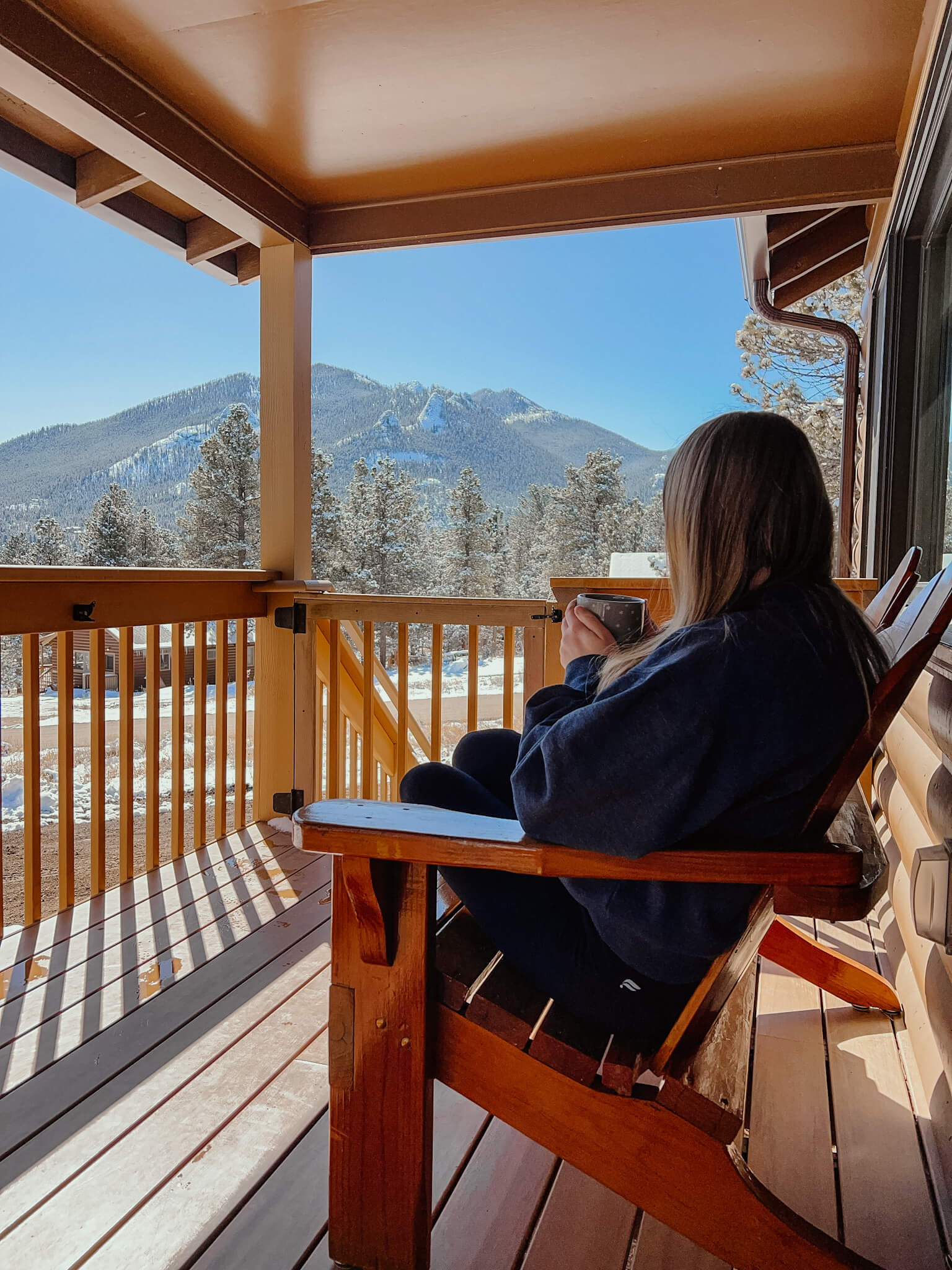
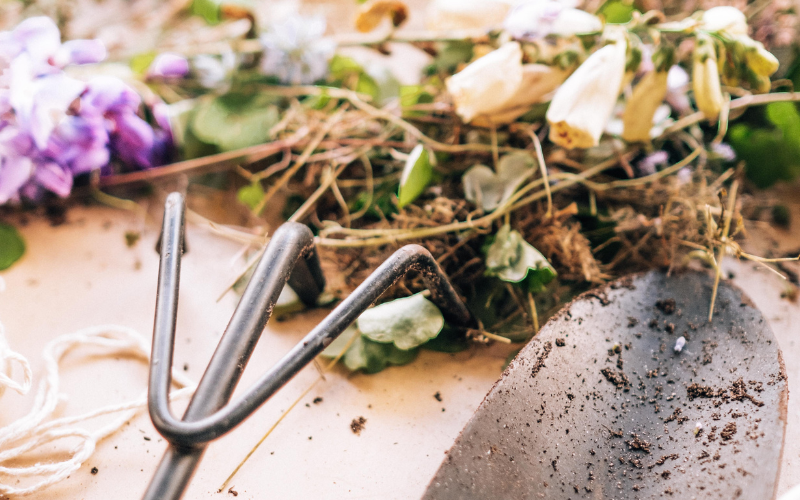
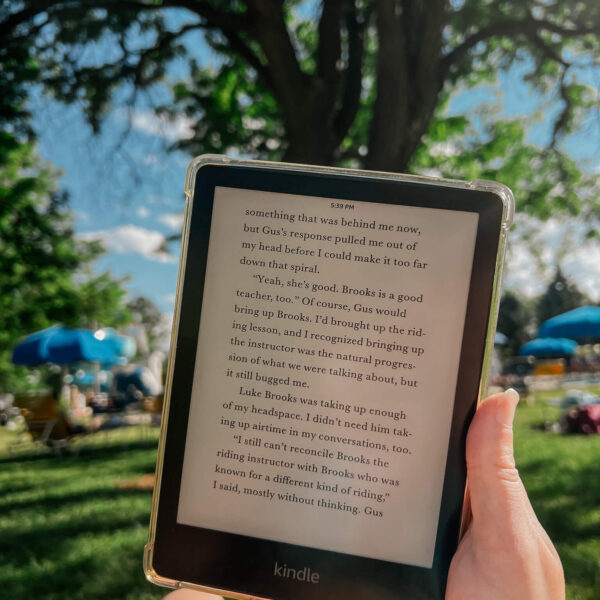
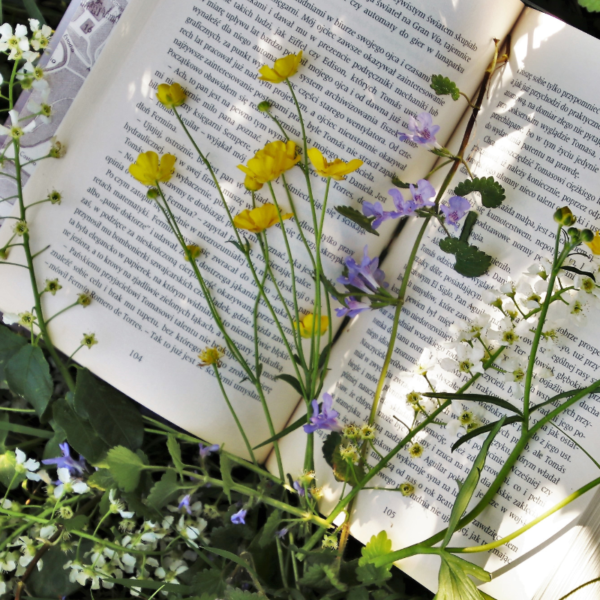
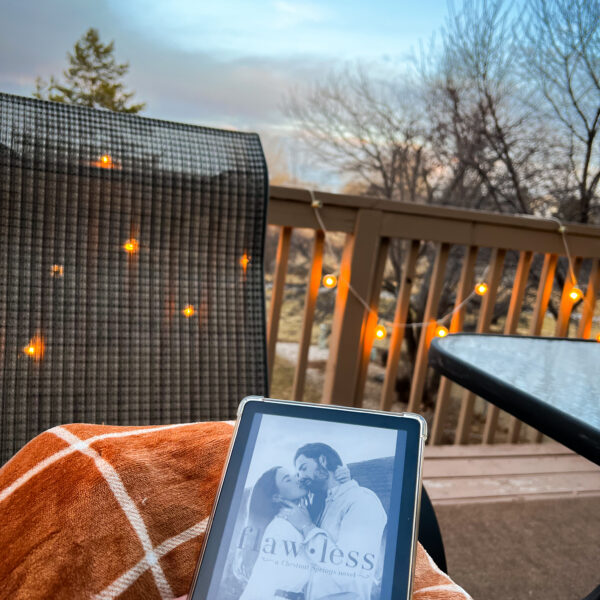

You have some amazing advice here. Maybe I will try to garden again and hope to keep the plants alive this time.
I started gardening in 2020 so I am still learning. These are awesome tips that I need to try.
I love gardening, and I hope to make mine bigger soon. Right now we are just doing them in veggie trugs. We have chickens and ducks, so we need to make it so they can’t get to our garden. I do love to garden a lot though.
My grandparents always had a lush garden, several fruit trees, and pretty flower beds. I don’t have a green thumb and I don’t have any plants at all at the moment. I kinda want a flower garden but it’s too much work to build it.
I appreciate the helpful beginner gardening tips shared here. The simple explanations make it easy for new gardeners to understand and apply the advice effectively.
This is a great introduction for beginner gardeners! I can’t wait to start gardening this year!
So glad to have found this post in time!! I’m going to start working on my garden pretty soon and its good to know these things before I get started!!
This is such a comprehensive piece about gardening for beginners like me. I am bookmarking it for reference